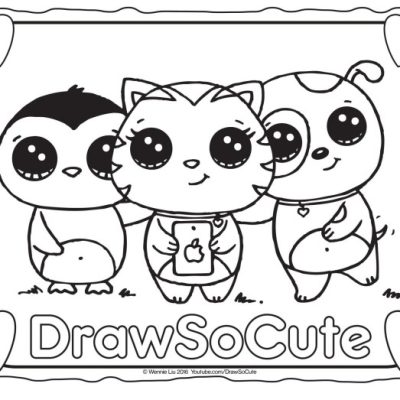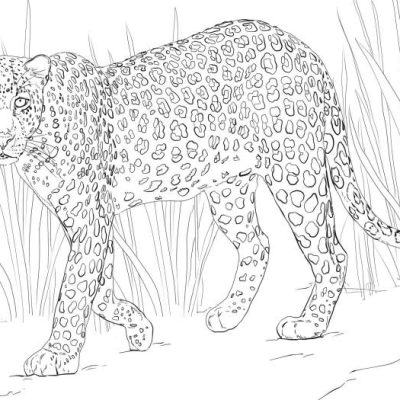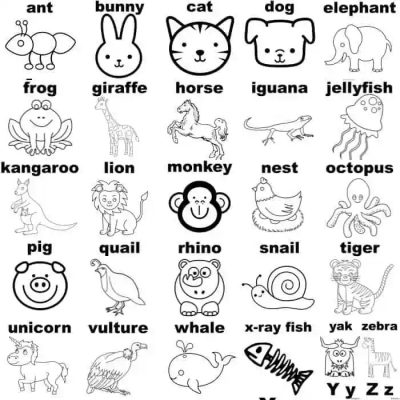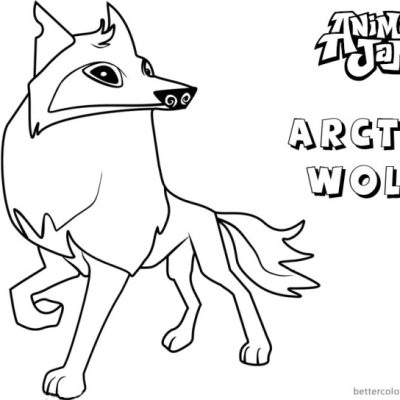Animals of Europe Coloring Pages A Creative Journey

Popular European Animals for Coloring Pages

Animals of europe coloring pages – Designing coloring pages featuring European animals offers a fun and educational opportunity for children to learn about the continent’s diverse wildlife. The selection of animals should consider both their visual appeal and their recognizability. This section details five popular choices and provides descriptions to aid in accurate depiction.
Popular European Animal Coloring Page Concepts, Animals of europe coloring pages
Five iconic European animals lend themselves well to coloring page designs due to their distinct features and cultural significance. These designs should aim for simplicity, allowing for easy coloring while maintaining accurate representation.
- Red Fox (Vulpes vulpes): Depict a red fox in a typical alert pose, showcasing its reddish-brown fur, bushy tail, and pointed ears. Consider adding details like its sharp teeth and bright eyes. The background could feature a forest scene or a snowy landscape, depending on the desired season.
- European Brown Bear (Ursus arctos arctos): Illustrate a brown bear standing on all fours or perhaps in a more relaxed posture. Focus on its thick, brown fur, powerful build, and large claws. The coloring page could depict the bear in its natural habitat, such as a forest or mountainous region. Consider showing different textures of fur, such as shorter fur on the face and longer fur on the body.
- European Rabbit (Oryctolagus cuniculus): Show a European rabbit sitting or hopping, emphasizing its long ears, fluffy tail, and soft fur. The coloring page can incorporate a simple background, such as a grassy field or a burrow entrance. Different shades of brown and white fur can be included to show realistic variations.
- Red Deer (Cervus elaphus): A stag with large antlers is a striking image. Focus on the majestic antlers, the deer’s reddish-brown coat, and its graceful posture. The background could be a forest clearing or a meadow. The intricate detail of the antlers provides an opportunity for creative coloring.
- European Hedgehog (Erinaceus europaeus): Show a hedgehog curled up in a ball, showcasing its spiky quills. The coloring page could depict the hedgehog in a garden setting, surrounded by flowers and leaves. Include subtle details of its small face and paws peeking out from the quills.
Less Common European Animals Suitable for Coloring Pages
Including less common animals broadens the educational scope of the coloring pages. These animals, while perhaps less familiar, offer unique visual characteristics and contribute to a more comprehensive understanding of European biodiversity.
- Alpine Ibex (Capra ibex): A wild goat with impressive curved horns, inhabiting mountainous regions. Its thick coat and powerful build are key features.
- Eurasian Lynx (Lynx lynx): A medium-sized wild cat with distinctive tufted ears and a short tail. Its spotted coat and powerful physique are notable.
- European Otter (Lutra lutra): A sleek, semi-aquatic mammal with a long body and a thick, dark brown coat. Its webbed feet and streamlined body are important characteristics.
- Pyrenean Desman (Galemys pyrenaicus): A small, semi-aquatic mammal with a long snout and dense fur. Its unique appearance and habitat in the Pyrenees mountains make it a distinctive subject.
- Common Natterjack Toad (Epidalea calamita): A toad with a distinctive yellow stripe down its back, found in various habitats across Europe. Its bumpy skin and characteristic markings should be highlighted.
Coloring Page Design & Layout: Animals Of Europe Coloring Pages

Effective coloring page design is crucial for engaging children and fostering creativity. The layout should be visually appealing, the line art simple yet recognizable, and the color palettes should reflect the animals’ natural appearances. This section details the design and layout considerations for five European animal coloring pages, focusing on age-appropriateness and visual appeal.
The following table Artikels the design for five European animal coloring pages, considering the need for clear, simple line art suitable for various age groups. Each design prioritizes easily colorable shapes and avoids intricate details that might frustrate younger children. The images are described to provide a clear visualization.
Coloring Page Designs and Animal Representations
| Image Placeholder | Animal Name | Image Description | Color Palette Suggestions |
|---|---|---|---|
| [Image Placeholder 1] | Red Fox | A simplified depiction of a red fox in a sitting pose. The line art focuses on the basic body shape, head, tail, and ears. Minimal detail is included in the fur. | Reds, oranges, browns, creams, and whites for the fur. Black for the nose and eyes. |
| [Image Placeholder 2] | European Brown Bear | A standing bear, shown from the side, with simplified features. The line art emphasizes the body mass and head shape, avoiding detailed fur texture. | Various shades of brown, ranging from light to dark. Black for the nose and claws. |
| [Image Placeholder 3] | European Robin | A simple depiction of a robin perched on a branch. The bird is shown in profile, with simplified feather details. The branch is a simple, curved line. | Bright red breast, grey-brown back, dark eyes, and a yellow-orange beak. |
| [Image Placeholder 4] | Roe Deer | A side profile of a roe deer, emphasizing its slender body and elegant antlers (simplified to avoid complexity). Minimal detail is used in the fur. | Light brown and tan for the body, darker brown for the antlers. White patches can be included for realism. |
| [Image Placeholder 5] | Common Hedgehog | A curled-up hedgehog, with its spines simplified as short, slightly overlapping lines. The face and feet are basic shapes. | Brown and grey for the spines, light pink or beige for the underbelly, and black for the nose and eyes. |
Optimal Color Palettes for European Animals
Color palettes should be chosen to accurately reflect the animals’ natural appearances while remaining age-appropriate and easy to use. The use of limited color ranges prevents overwhelming the child and allows for creative interpretation within a realistic framework. For example, a vibrant, unrealistic palette might detract from the educational aspect of the coloring pages. The suggested palettes above offer a balanced approach, allowing for both accuracy and creative freedom.
Simple Line Art and Age Appropriateness
The coloring pages utilize simple line art to ensure accessibility for children of all ages. Intricate details and overly complex shapes are avoided to minimize frustration and encourage engagement. Thick, easily traceable lines are preferred, making the pages suitable for young children with developing fine motor skills. The simplicity of the designs also allows older children to focus on creative color choices and stylistic interpretations.
For instance, the use of solid shapes and avoiding intricate patterns prevents young children from feeling overwhelmed and discouraged. This approach enhances the overall learning and enjoyable experience.
Exploring the diverse wildlife of Europe through coloring pages offers a wonderful way to learn about different species. For a simpler introduction to animal coloring, you might enjoy the charming illustrations found at easy farm animal coloring pages , which provide a great stepping stone before tackling more complex European animals. Returning to our European theme, consider the various breeds of horses, sheep, and cattle native to the continent – each offering a unique coloring experience.










